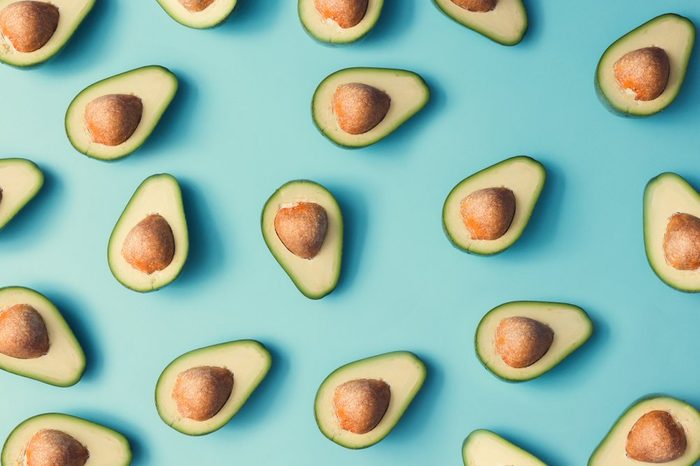
Avocados
“Wash anything with a rind—even if it’s not one you’re going to eat—before you cut into,” says Colene Stoernell, MS, RDN, LD. That’s because fruit rind and skin carry bacteria, pesticides, and any other germs that are picked up during processing, packing, and shipping. Also, your hands are likely not the first to touch the food once at the store, so wash off any germs they might be carrying.
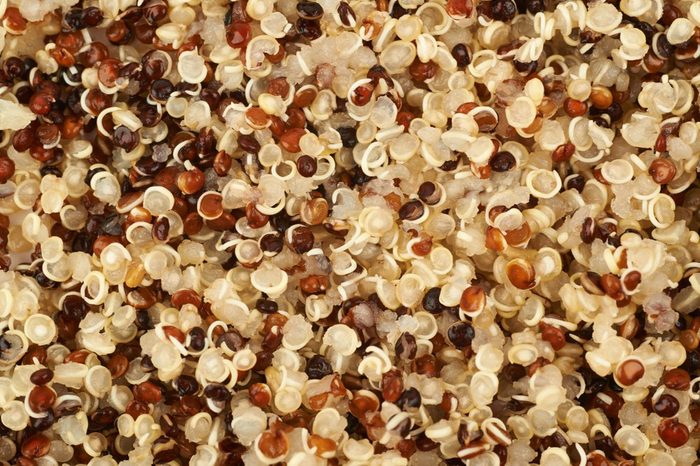
Whole grains like quinoa
Even though grains are boiled in water or broth until tender and fluffy, they require an earlier round of rinsing, says Caitlin Hoff, a health and safety investigator. “Grains like rice, quinoa, or barley should be rinsed thoroughly with cold water before cooking to remove excess starches, dirt, and germs,” she says. “This will also give you fluffier rice.” Plus, quinoa has a natural coating of saponin on each seed. (Saponin is a substance that gives quinoa a bitter taste if it’s not rinsed off, which is why many companies pre-rinse their quinoa before packing.) “Most brands claim they are pre-rinsed, but it’s an easy just-in-case action that you can take to ensure that your quinoa tastes delicious every time you make it,” Hoff says.
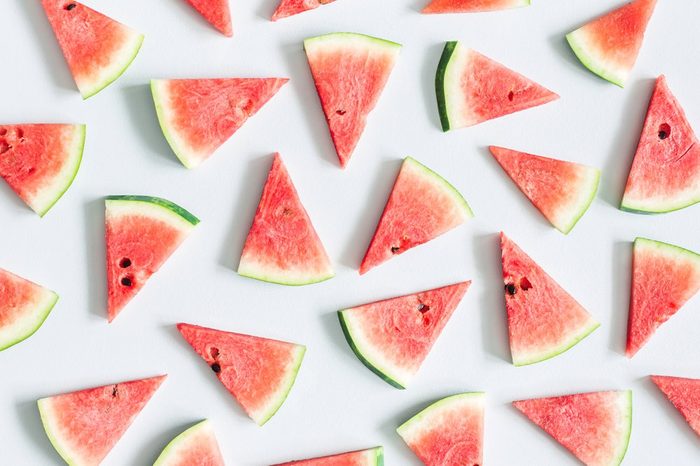
Melons
“My clients are surprised when I tell them to wash melons before they cut them—and to avoid pre-cut melons,” says Lauren Manaker, MS, RDN, LD. “People do not immediately think about washing the rind of their melons before cutting them, because they only eat the inside.”
Salmonella and listeria can live on the rind of the melon, and when it is cut, the bacteria can touch the edible part and be ingested when you bite into it. Use a scrub brush to thoroughly clean the melon rind. “Many establishments do not make it a habit to wash the melon before cutting, and there is no way to ensure its safety, which is why I advise against buying pre-cut melon,” she says.
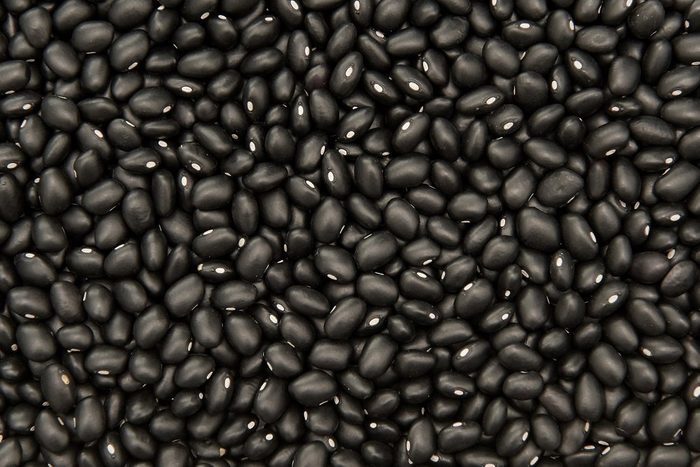
Canned beans
If you dump beans from can to pan, it’s time to pump the brakes before you turn on the stove. “Beans are often packed with preservatives like salt that aren’t necessary for taste and can easily be rinsed away,” Hoff says. Washing canned beans can lower the sodium count for your dishes if you’re watching how much salt you eat. Here are the canned foods nutritionists never buy, and those they do.
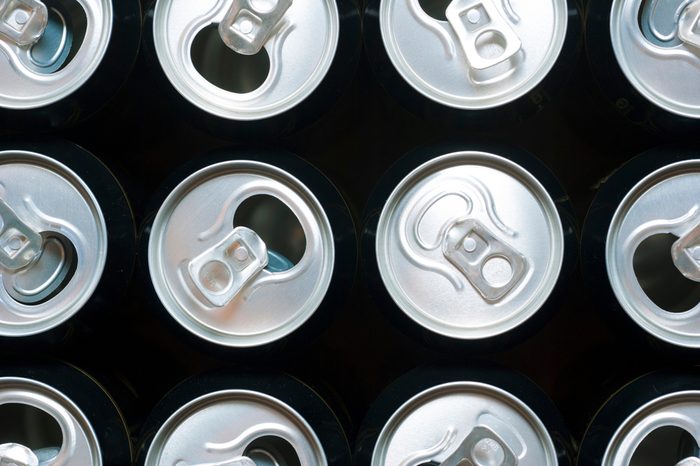
Cans, bottles, and jars
Soda cans, water bottles, wine bottles—they’re all packaged then stored before being shipped and stored again. They also pass through several sets of hands before finally landing in yours, so Stoernell says she recommends washing beverage containers. “I always wash any beverage can before I open it,” Stoernell says, “even if I am pouring the contents out into a glass. Those cans have been all over the place and are filthy.”
Hoff adds that she washes any jars, cans, or bottle she’s opening. “It’s important to wash the grime and bacteria that cans can collect before you drink out of a soda or open a canned good and expose the food to the bacteria on the outside of the can,” she says.
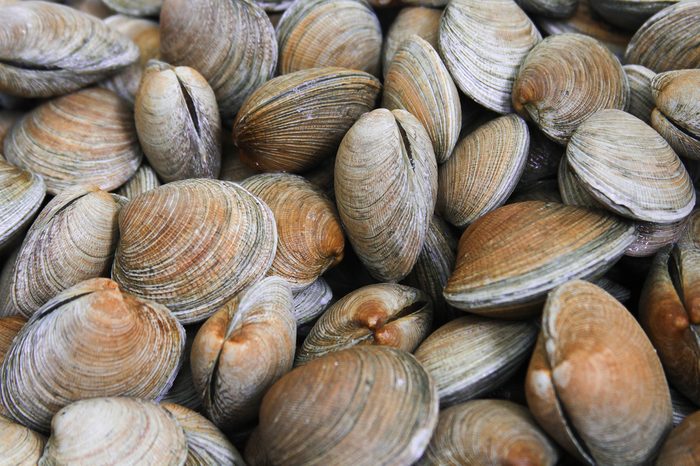
Shellfish
The edible portion of shellfish is often hiding beneath a shell or exoskeleton. While you won’t be chomping down on clam shells, the bacteria that live on them could end up with the part you eat. “Wash shellfish, such as clams and mussels, in water to get rid of lingering sand, dirt, and grit before cooking or eating,” says Rebecca Park, a registered nurse in New York City and creator of remediesforme.com.
The best way to wash shellfish, Park says, is to rinse it thoroughly under running water, then throw them into a pot of cold water with salt. “Put the pot into the fridge for half an hour. Stir the shellfish around the pot before fishing them out,” she says. “For extra clean shellfish, scrub the shellfish afterward under running water.”
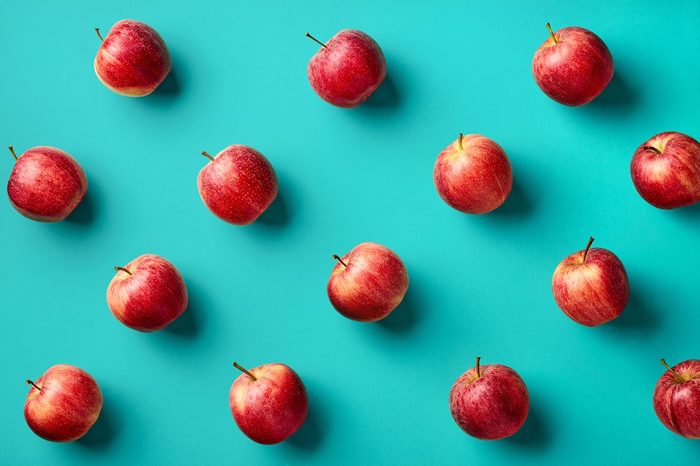
Fruits and vegetables
Whether you’re eating them raw or cooking them in a dish, any fruit or vegetable you plan to eat needs to be washed, says Casey Seiden, MS, RD, CDN. “There is no need to use any vinegar, salts, or special washes,” she says. “Simply giving them a rinse in room-temperature running water will do the trick to remove surface bacteria that could be on the outside from food handlers’ or shoppers’ hands.” Don’t miss these apple cider recipes.
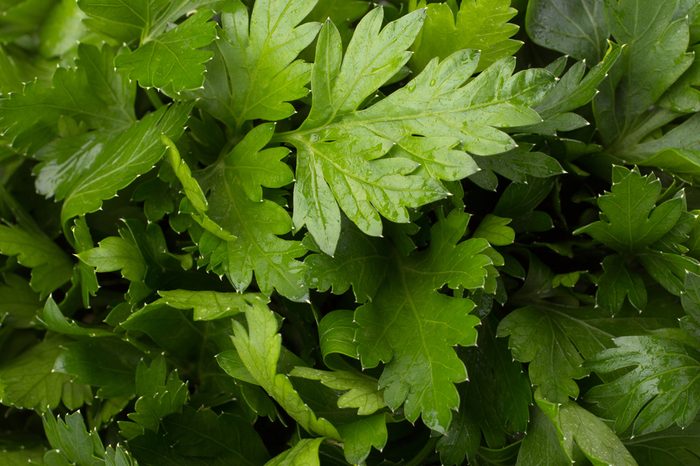
Parsley
This peppery green herb tops casseroles, finishes off salads, and adds zest to soups and stews, but it’s one of the dirtiest foods, says Christian Souvenir, chef de cuisine at Maison Vivienne in Southampton, New York. “Since most herbs are sensitive to water—they go flat or get slimy relatively quickly—they never really get the thorough wash necessary to make sure you’re not eating small amounts of dirt with your herbs,” Souvenir says. “Whenever I get a bunch of parsley—or cilantro, mint, or basil—I always remove any rubber bands or ties and give the whole bunch a good wash in cold water. Then I lightly press them dry and store them in paper towels in the refrigerator.” Here are a few creative ways to beat veggie boredom.
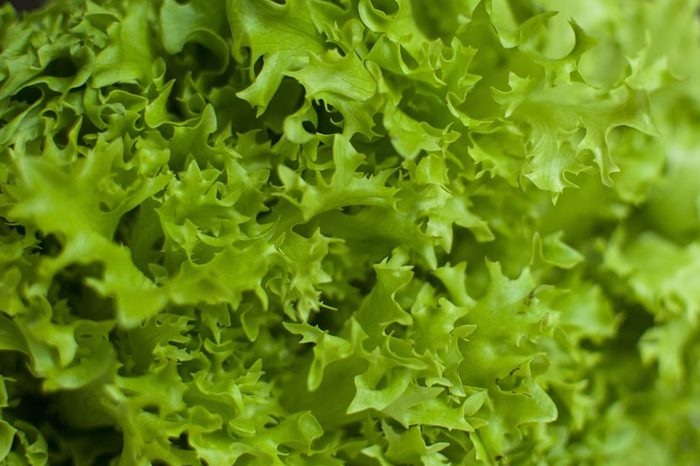
Frisée
Leafy greens grow in bunches. Dirt hides out near the root ball, and it can be difficult to clean thoroughly, so unless you want grit and sand in your salad, you need to give it a good wash. “Like most leafy vegetables, frisée tends to trap a fair amount of dirt at the root,” Souvenir says. “The best way to handle it is to dunk it in water a bit with the root end up so the dirt loosens but doesn’t stay in the root end. Then you simply need to let it dry out a bit upside down so the water drains out and dries.”
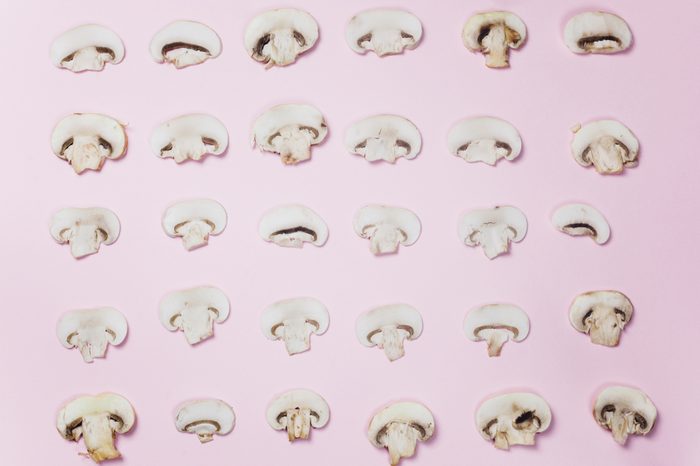
Mushrooms
Mushrooms are like little sponges and soak up dirt as they’re growing, which is one of the reasons it’s important to wash them, says Tanner Agar, owner and chief experience officer at Rye restaurant in McKinney, Texas. “To clean them, fill a bowl or the sink with water and let the mushrooms float on top,” he says. “Agitate the water to loosen the dirt, and let it naturally filter to the bottom. You’ll be amazed how much dirt falls out.” Some chefs prefer to wipe or brush the dirt off, claiming that soaked shrooms get soggy, but others say there’s not much difference in texture—and a soak is certainly easier.
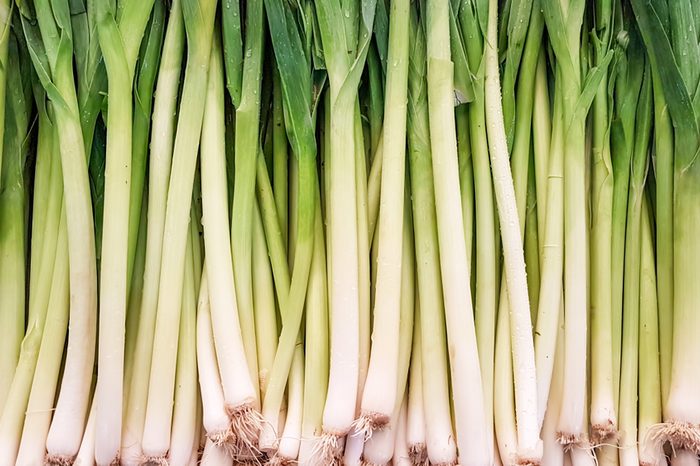
Leeks
Leafy greens aren’t the only vegetables that can sneak sand and dirt into your food. Onions, members of the allium family, and clustered vegetables like celery have plenty of crevices and notches that don’t come clean with a simple rinse. “Some produce, such as leeks, seem to have a special ability to hang on to large amounts of dirt and sand,” says Summer Yule, MS, RDN. “I like to slice leeks in half lengthwise, cut off the very end of the white part, and run the individual sandy layers under cold running water.” As celery is firmer, you can scrub it with a brush under water.
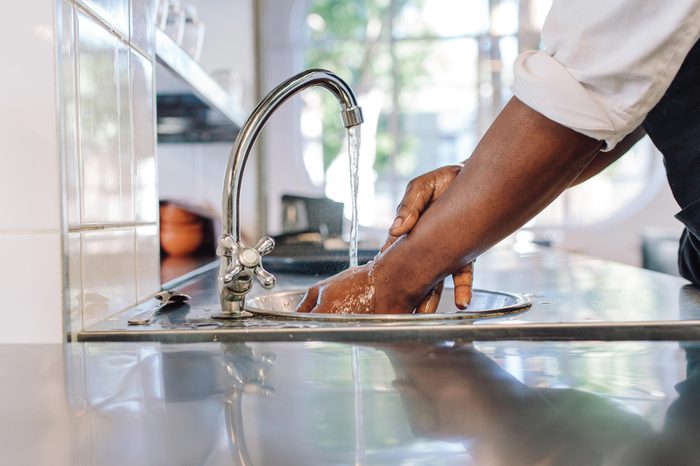
Your hands
You can get your produce, cans, eggs, and other foods clean, but your hands can just as easily reintroduce germs, bacteria, viruses, or more. “It is important to remember to wash your hands for at least 30 seconds with hot, soapy water before preparing any food, since dirty hands can be a source of contamination,” Yule says.
Next, discover 12 silent signs your body needs more carbs.
